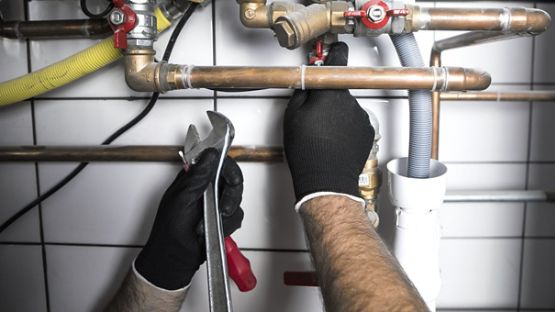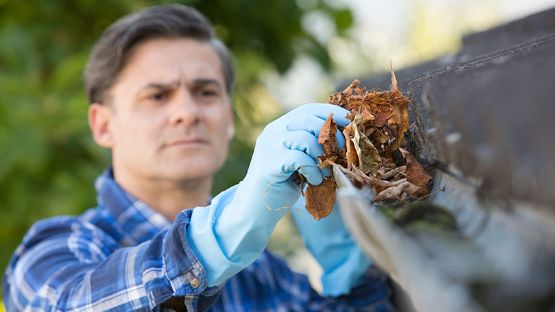Sustainable living practices are just one of the many ways we can help reduce our impact on the environment. And it may be easier than you think. Here are some things you can do to incorporate sustainable practices into your home.
How to make your home more eco-friendly
Repaint and reclaim furniture
If you’re thinking of refreshing your living area with new furniture, consider breathing new life into what you currently have with a new coat of eco-friendly paint. If you’re looking for a completely different style of furniture, a zero-waste way to do this is to check out second-hand stores or even garage sales. You may find exactly what you’re looking for at a fraction of the price. Reusing and recycling furniture is a great way to upcycle what could’ve been sent to the landfill into something you can use again.
Switch to eco-friendly fixtures and appliances
Modern technology often comes with eco-friendly functions that help save energy all while maintaining the same level of function as their alternatives.
For example, LED lights are more energy-efficient and longer-lasting than traditional bulbs. This means replacing your light bulbs less often. Using less energy with LED lights also means helping to “decrease greenhouse gas emissions associated with power generation”1 and reduce your carbon footprint.
There are also eco-friendly appliances to help reduce your energy consumption. Looking for ENERGYSTAR certified appliances is a great place to start when looking for things like laundry washers and dryers, refrigerators or televisions.
Saving water at home
Water is one of the most precious resources we have on earth, and we rely on it for our every day. Simple ways to help save water at home can include things like turning off the tap while brushing your teeth, taking shorter showers, and running full loads of laundry or dishes in your washer. Other small changes around the house you can do when thinking about water efficiency is to consider switching to low-flow fixtures and dual-flush toilets (with two flush options). Smart water leak detectors can also be an effective solution to help alert you of potential leaks around the house. Adding regular water pipe check-ups to your home maintenance checklist or having a professional check the plumbing in your home is another great way to ensure everything is in good working condition.
Have a garden or need to water your lawn? Consider collecting rainwater with a rain barrel to help with your watering needs. Watering early in the morning can help reduce water loss from evaporation too.
Regulate indoor temperatures and seal energy leaks
Temperatures can get hot during the summer and cold during the winter. When these extremes happen, your heating and ventilation systems will be forced to work overtime. A simple way to reduce wasted energy is to keep blinds and curtains closed to help retain the heat indoors. If you have a programmable thermostat, you may also be able to set your home to a lower temperature when you’re not at home and raise the temperature when you’re back.
Poorly insulated walls, windows, and ceilings can allow heated or cooled air to escape through gaps. This causes your heating and cooling systems to also work harder and use more energy. Maintain seals regularly and replace them when necessary. If you can, invest in energy-efficient entryways and windows.
Use natural, eco-friendly household products
Switching to more eco-friendly household items is another way to live a greener lifestyle. Instead of buying a new bottle of dishwashing liquid, hand soap or shampoo, consider eco-refill options for regularly used products. Sustainable swaps such as ditching non-reusable water bottles and plastic food storage for reusable ones can also make a big difference for our landfills.
Decorate with greenery
Gardening can be challenging if you’re living in a condo or a home without a yard, but you can still incorporate greenery into your space with some potted plants. Houseplants don’t just up the aesthetics of your home, it’s also a natural and sustainable way to help keep the air clean. A living wall is also another great way to maximize vertical space and help transform your home into a thriving green space without taking up too much floor room.
You don’t have to do anything too radical to adopt a more eco-friendly living approach - just a few small changes here and there can make a big difference.
Sources :
1 Canadian Geographic: Illuminating the Way to a Sustainable Tomorrow













